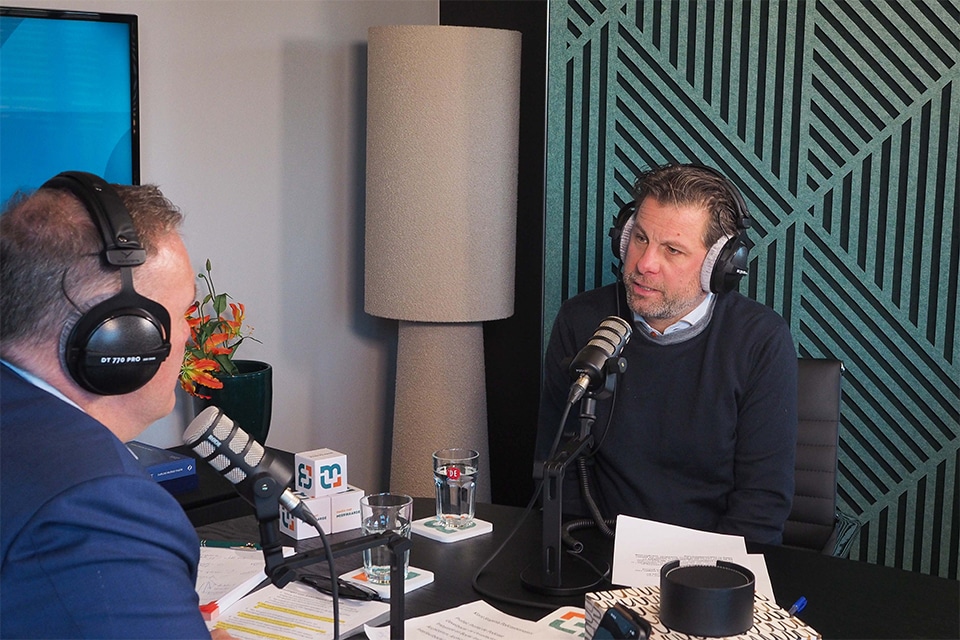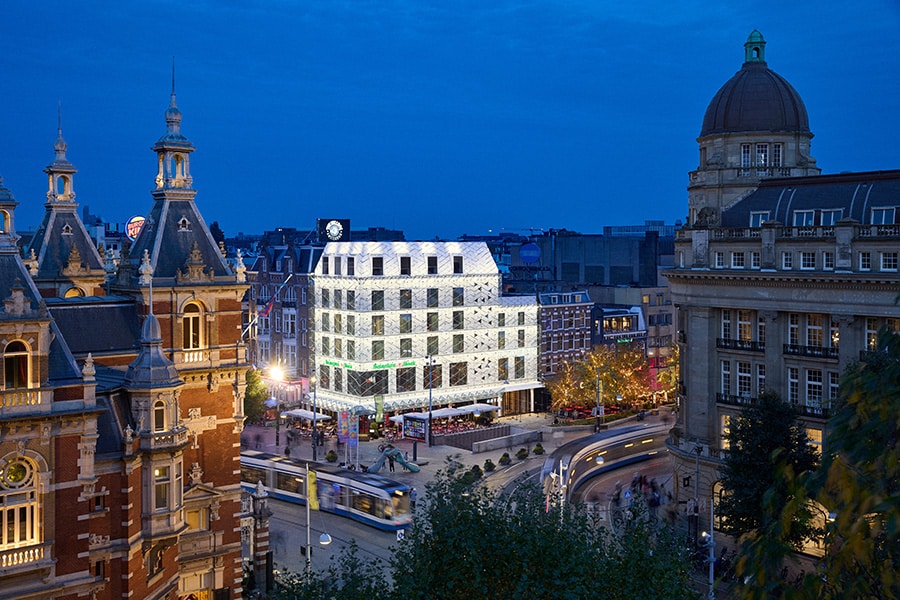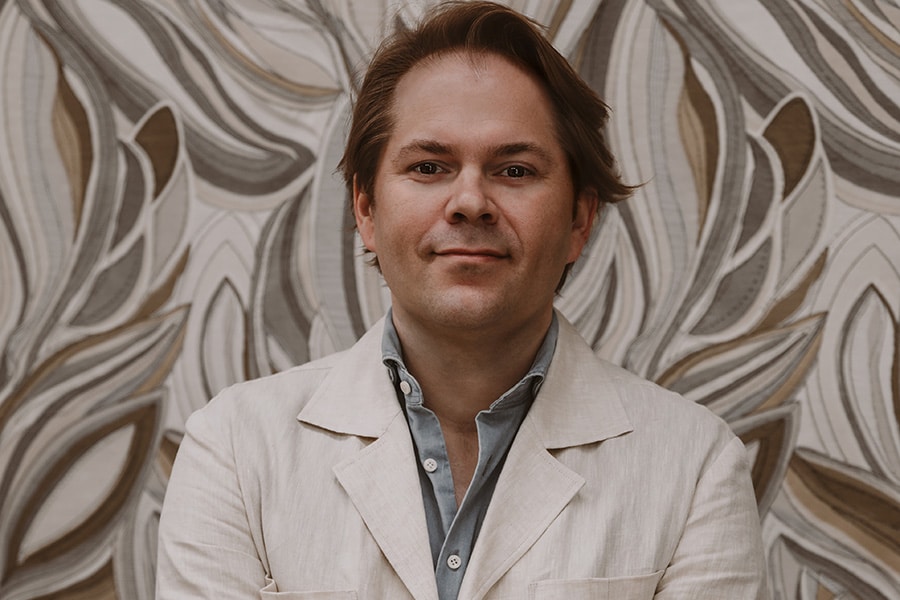
Monumental Loreto monastery complex gets second life
Monuments are the most tangible long-term memory of our culture. These buildings tell us everything about our own history. In a time when social developments rush past us, monuments are stable anchor points. Hermon Erfgoed sees it as its social responsibility to treat monumental heritage with care and meaning. By searching for new, appropriate uses for (threatening) vacant heritage, Hermon Erfgoed works to achieve a healthy balance between exploitation and investment costs. The uniqueness of the building is central to this.
In this way, heritage is revived and monumental buildings are given a new function. One of HERMON Erfgoed's current transformation projects is the conservation and repurposing of the beautiful Loreto monastery complex in Simpelveld. We speak with Miranda Huijs and Marlous de Bordes, project managers at HERMON Erfgoed.

Sisters of the Poor Child Jesus
"In 2012, the last Sisters of the Poor Child Jesus left the monastery complex; they moved to Aachen," Miranda opens the conversation. "In 2013, we were first involved with HERMON Heritage in the redevelopment of the monumental building. In late 2013, early 2014, we conducted research into the rezoning possibilities. Initial contacts were made with the municipality, the State and the National Office for Cultural Heritage. Repurposing a large project like this, has a very long lead time. Patience, vision and perseverance are indispensable. We organized all kinds of activities to involve people from the area in the project. People could leave ideas and indicate how they wanted to be involved in the project. This is how a few working groups were formed."
However, due to circumstances, plans were postponed. In 2019, HERMON Heritage once again came into the picture. Marlous explains, "Together with the agency Wandering the Future, an extensive analysis of the future was made. It was also investigated for which target group this monastery would be most attractive. The building would - as in the past - serve to support people. That is in the nature of the building, its DNA. The building is inward looking, protective, is a beacon, a place of peace and quiet. A market analysis was conducted, several monastery buildings and conference centers were visited and numerous experts from the market were spoken to. We looked at policy intentions both at the national, provincial and regional levels. Architectural firm Enklaver and Klavers worked with us to translate everything into a practical new layout."

A beneficial new plan
According to Miranda and Marlous, this monastery has some special qualities in it that you can't build in a new building on a meadow. "That's why we at HERMON Heritage feel that it's not enough to build apartments or a regular hotel. We wanted to go a step deeper for this building. Caring for people who are temporarily less fortunate is, as I said, in the DNA of the building. Stress, burn out and depression are a few examples of problems that many people face these days. There is also an increasing focus on meaning, conscious nutrition, exercise, the influence of nature on your health, et cetera. We think that with this target group - people who consciously or unplanned want a rest, want to reflect, want to be busy with meaning, want to give space to themselves - a beautiful new destination for the monastery has been found. In total we want to realize 180 rooms, rooms for conversations, training and therapy and rooms for movement and sports," Miranda explains.
Marlous adds in conclusion, "Right now, everything still depends on the municipality and getting the right permits. And also, for example, on the National Cultural Heritage Agency. These processes easily take a year. Also, we will still be looking for cooperation partners for the hotel component. That too is a crucial step in the process, because we are really looking for a very specific partner who has the same vision of accommodation as we do. A partner that wants to go for the whole and not for itself. So before we can really start welcoming the first guests it will be 2023. But it will be sooner than you think!"




